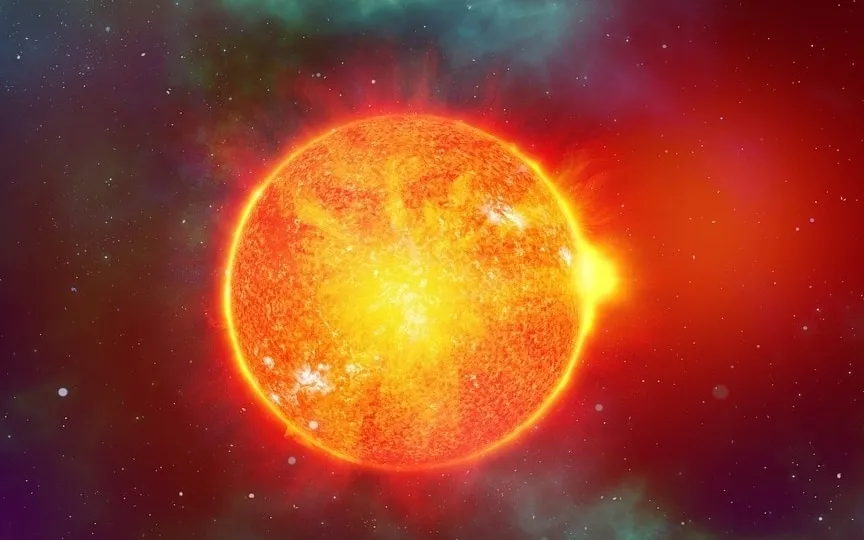NASA Observatory Monitoring Potential Hazardous Solar Flare from Sunspot
Recently, it has been discovered that Earth may be at risk of a solar storm due to the observation of a sigmoid eruption on the Sun’s surface. This eruption has released a Coronal Mass Ejection (CME) towards Earth, which has the potential to mildly impact the Earth’s magnetic field. However, there is another danger emerging. The NASA Solar Dynamics Observatory (SDO) has detected a hazardous sunspot that could release an M-class solar flare towards Earth. This is the most recent solar event as we approach the peak of solar cycle 25. Learn more about the threat posed by the M-class solar flare.
M class solar flare threat
According to a report on spaceweather.com by NASA’s Solar Dynamics Observatory (SDO), a region on the Sun’s surface called Sunspot AR3513 can emit solar flares. The spread of M-class solar flares is possible and may strike Earth soon.
It says: “The Sunspot AR3513 crackles with M-class solar flares.” As solar flares propagate directly from the flare site, it is assumed that if we can see the flare, it may actually affect Earth.
For the uninitiated, solar flares are rated according to their intensity on a logarithmic scale, similar to how earthquakes are measured. The smallest are the A-class, which occur near background levels, followed by B, C, and M, while the X-class flares are the most powerful. As on the Richter earthquake scale, each letter represents a 10-fold increase in energy production. Each letter class has a finer scale of 1-9.
According to NASA, M class solar flares are moderate in intensity and can cause short radio outages. This is because when solar particles hit the Earth, radio communications and the electrical grid are affected when they hit the planet’s magnetic field. It can cause power and radio outages for several hours or even days. An M-class solar flare can also be followed by small radiation storms.




